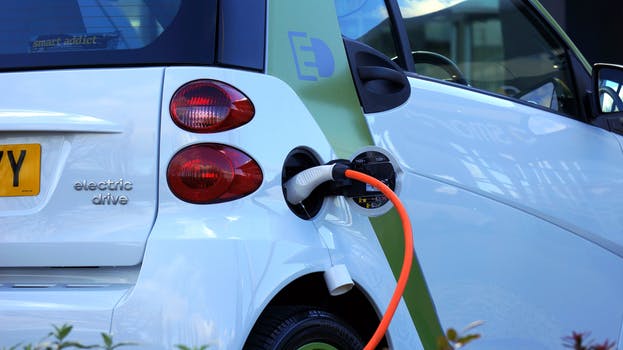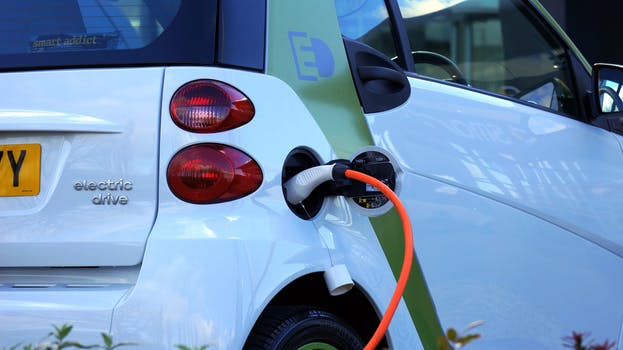(REPOST: Santec)
Tesla and Elon Musk are driving (pun intended) the market for electric vehicles (EVs) through their massive investment in solar collection and battery storage.

Volvo is also “all in” on EVs, as they recently announced their commitment to a hybrid or all-electric fleet starting in 2019 and plan to kick the internal combustion engine to the curb by 2025.
California, the largest auto market in the United States and the 6th largest economy in the world, is pushing legislation to ban gas or diesel powered cars by 2040 to aid in reducing their greenhouse gas emission to 80% below 1990 levels by 2050. Globally, London is requiring that all vehicles for-hire must be zero emissions by 2023. And China, the second largest and fastest growing market for mobility, is leading the world in their conversion to electric vehicles with estimates for a full conversion now as close as 2030.
It’s a revolution that’s been more than two decades in the making, but it’s beginning to hit the top of the curve toward a very expansive rollout in the coming years (mostly due to the dropping price of battery storage). Given the fast pace of technological advance, electric powertrains and the batteries that support them are projected to be less expensive to construct than traditional vehicles in about five years. And because electric powertrains have substantially fewer moving parts—about a dozen—than their internal combustion engine counterparts (hundreds of moving parts), their much lower long-term maintenance is expected to be very attractive to consumers.



